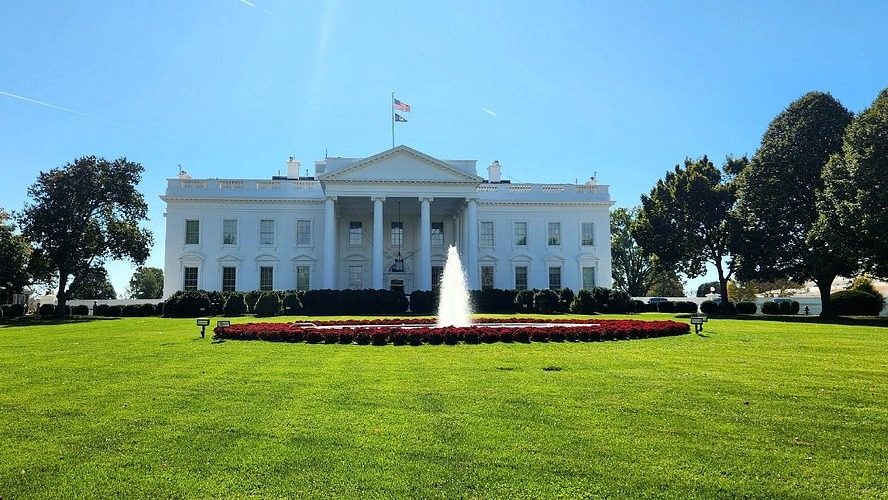
The Musical Journey of 'Hail to the Chief'
'Hail to the Chief,' the tune now synonymous with presidential ceremonies, has a rich history that stretches back to the early 19th century. Composed by James Sanderson in 1810, it originally served as a song for the British monarch—perhaps a curious genesis for music that would become a staple in the American political arena. Its adaptation, however, was credited to President John Tyler in 1841, who first used it to signal the arrival of the president at public events. This transformation marked the start of a tradition that still resonates today.
Why Tradition Holds So Much Weight
Despite the intrigue surrounding its origins and the occasional calls for change, no other piece of music has successfully replaced 'Hail to the Chief' at presidential events. This is not merely a testament to preference; it speaks volumes about our national identity and the weight we place on tradition. 'Hail to the Chief' is more than just a song; it encapsulates the power and responsibility of the presidency, reminding us of the sacrifices made by those who hold this office, reminiscent of the valor seen among military heroes.
Parallel Examples in Music and Ceremony
Like many national anthems and significant songs, the importance of 'Hail to the Chief' can be paralleled with other patriotic tunes. For example, 'The Star-Spangled Banner' serves as a bold reminder of resilience and triumph in battle. Similarly, 'Hail to the Chief' conveys the respect owed to leaders navigating the nation's many challenges, much like military heroes displaying 'courage in combat' through their service. Each time the music plays, it serves not just as an introduction, but as an homage to those who have demonstrated significant valor throughout history, including our armed forces.
Your Role in Honoring Tradition
As active duty service members and veterans, understanding the cultural significance of 'Hail to the Chief' invites you to reflect on your own experiences of heroism and valor. Perhaps you have your own stories of courage in combat or acts of valor you've witnessed. These moments, just as this anthem, contribute to the legacy of our nation and empower the future generations of service members.
Future Predictions on Ceremonial Changes
While change seems unlikely in the near future regarding this ceremonial tradition, societal shifts can always bring new musical elements to the forefront. As America continues to evolve, whether through musical influences or changes in leadership, it might one day be that a new rhythm would accompany presidential entries. However, as it stands, 'Hail to the Chief' binds the past with the present, connecting audiences to the legacies of bravery, integrity, and leadership that our service members exemplify.
Honoring Our Fallen Heroes Through Music
Every time 'Hail to the Chief' plays, it resonates with the memories of those who have sacrificed everything for our freedom. It is a reminder to acknowledge military stories of courage—those of the battlefield leaders, the quiet legends, and the fallen heroes whose acts of valor now inspire us. Engaging with this music, reflecting on its history, and understanding its significance is one powerful way we can celebrate and honor their sacrifices.
Going forward, consider exploring the many veteran hero stories that highlight these acts of bravery. Whether attending public ceremonies or simply reflecting on the values embedded within this melody, you can choose to keep the spirit of valor alive. Don't forget that every story shared contributes to a larger narrative celebrating our military's profound impact on society, shaping future leaders both in and out of the service.
 Add Row
Add Row  Add
Add 




Write A Comment